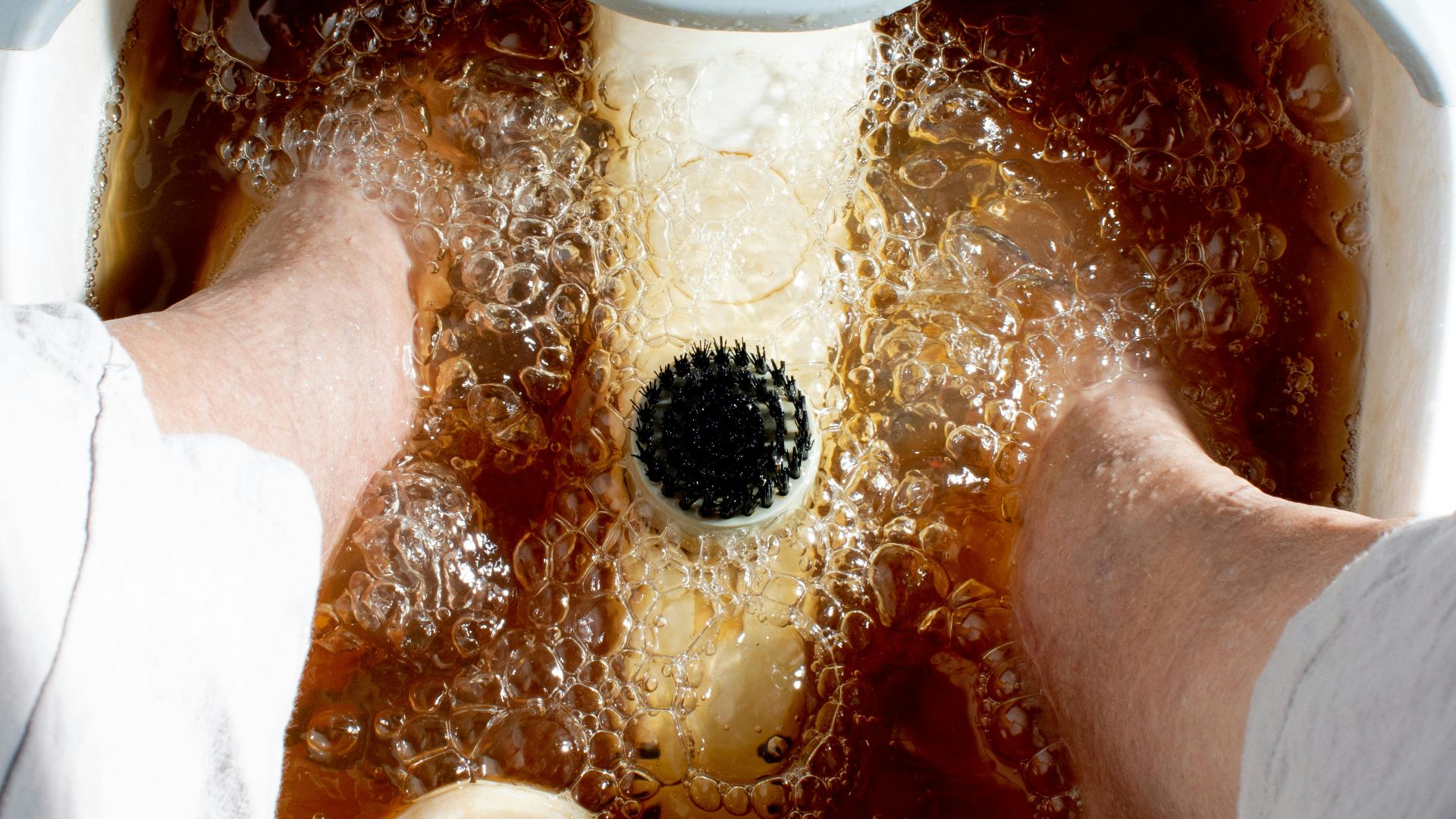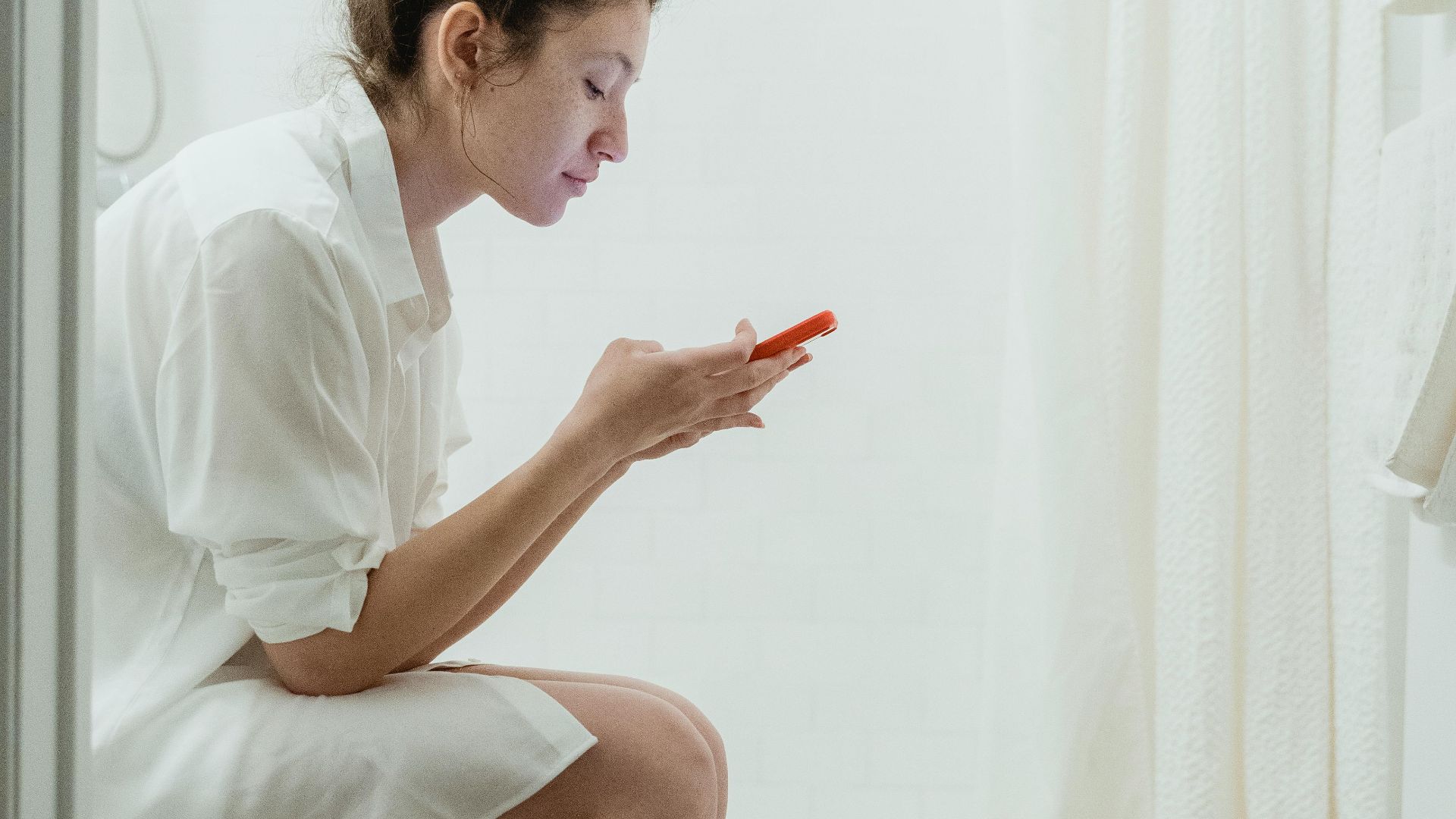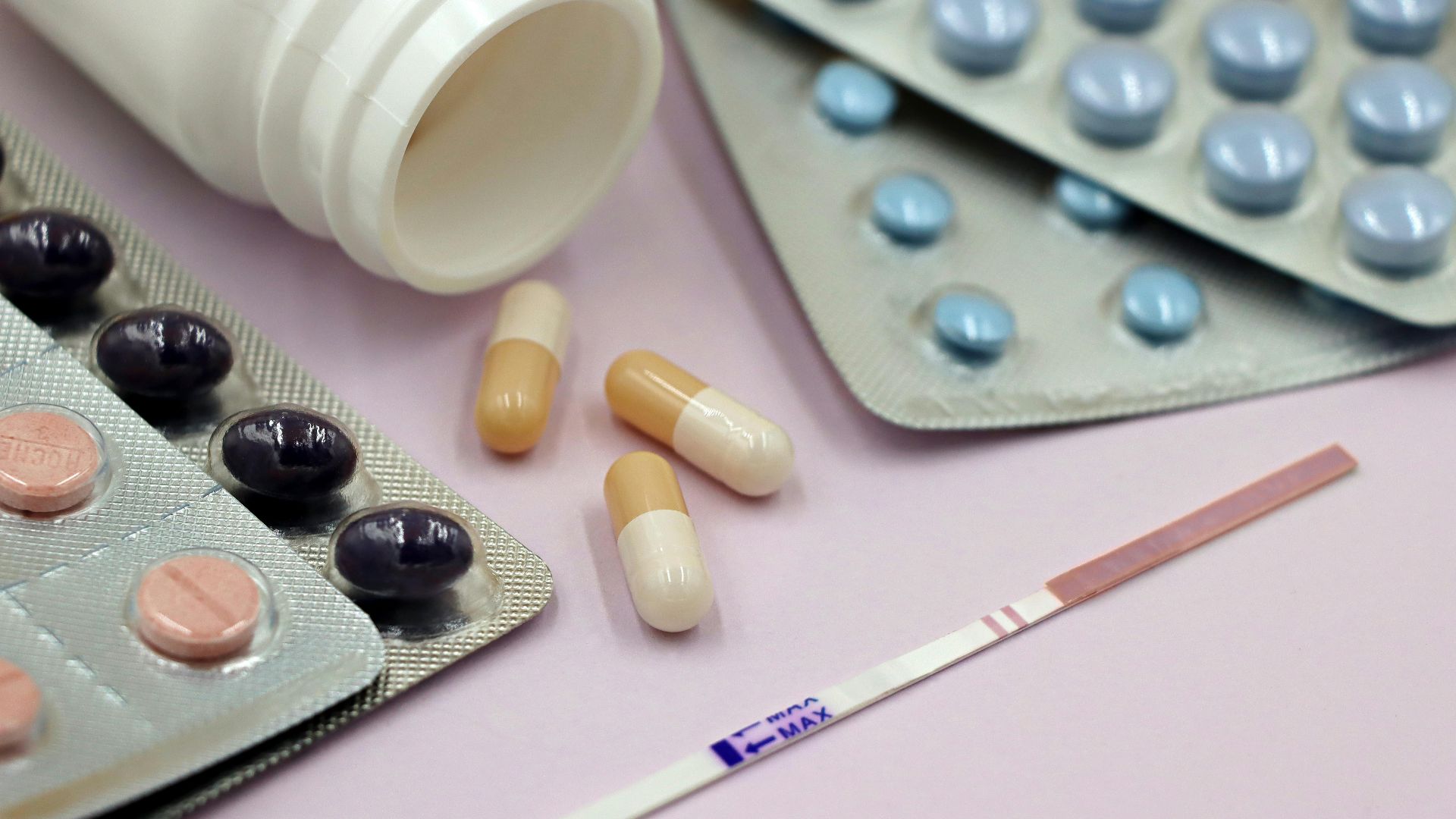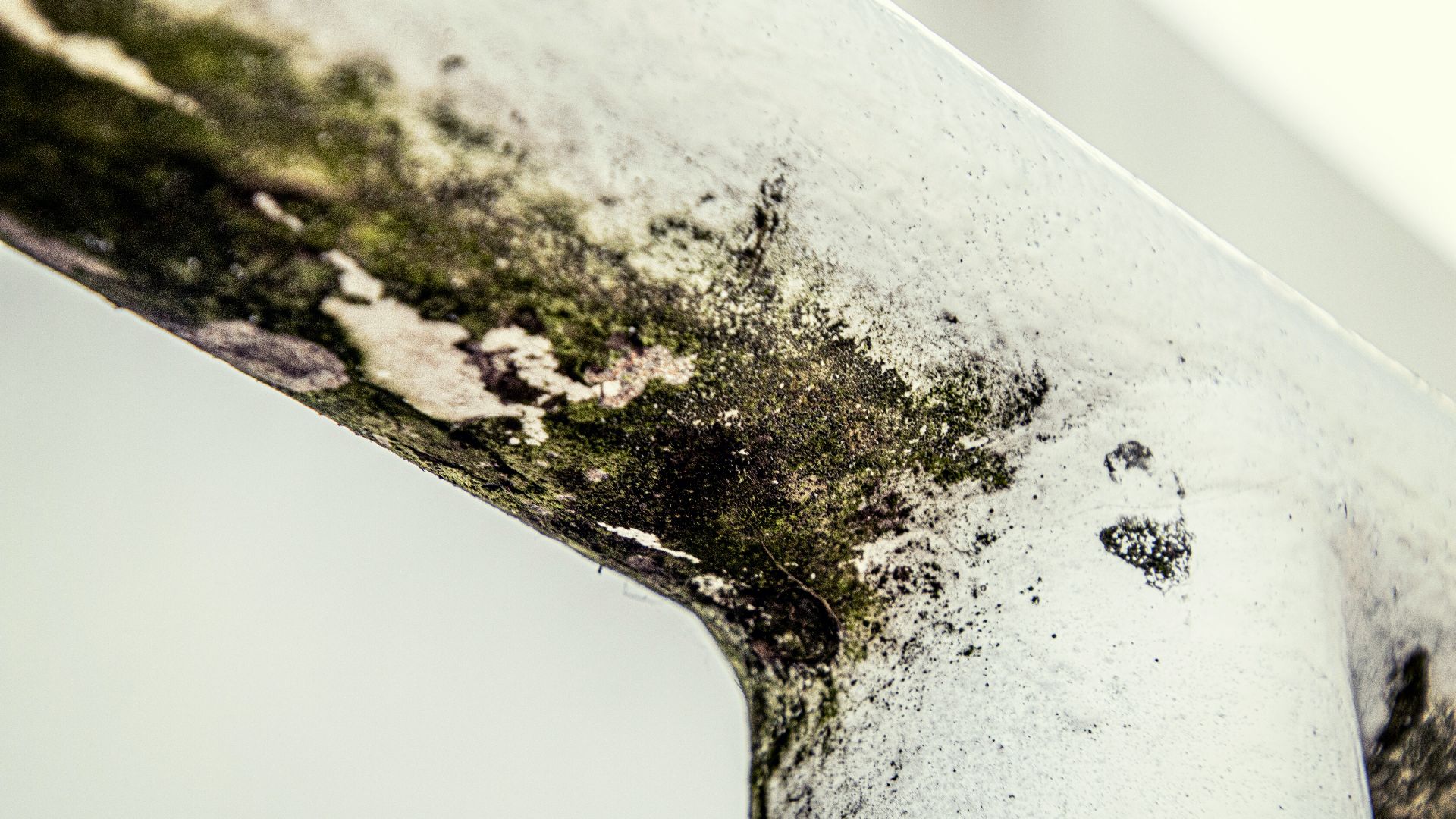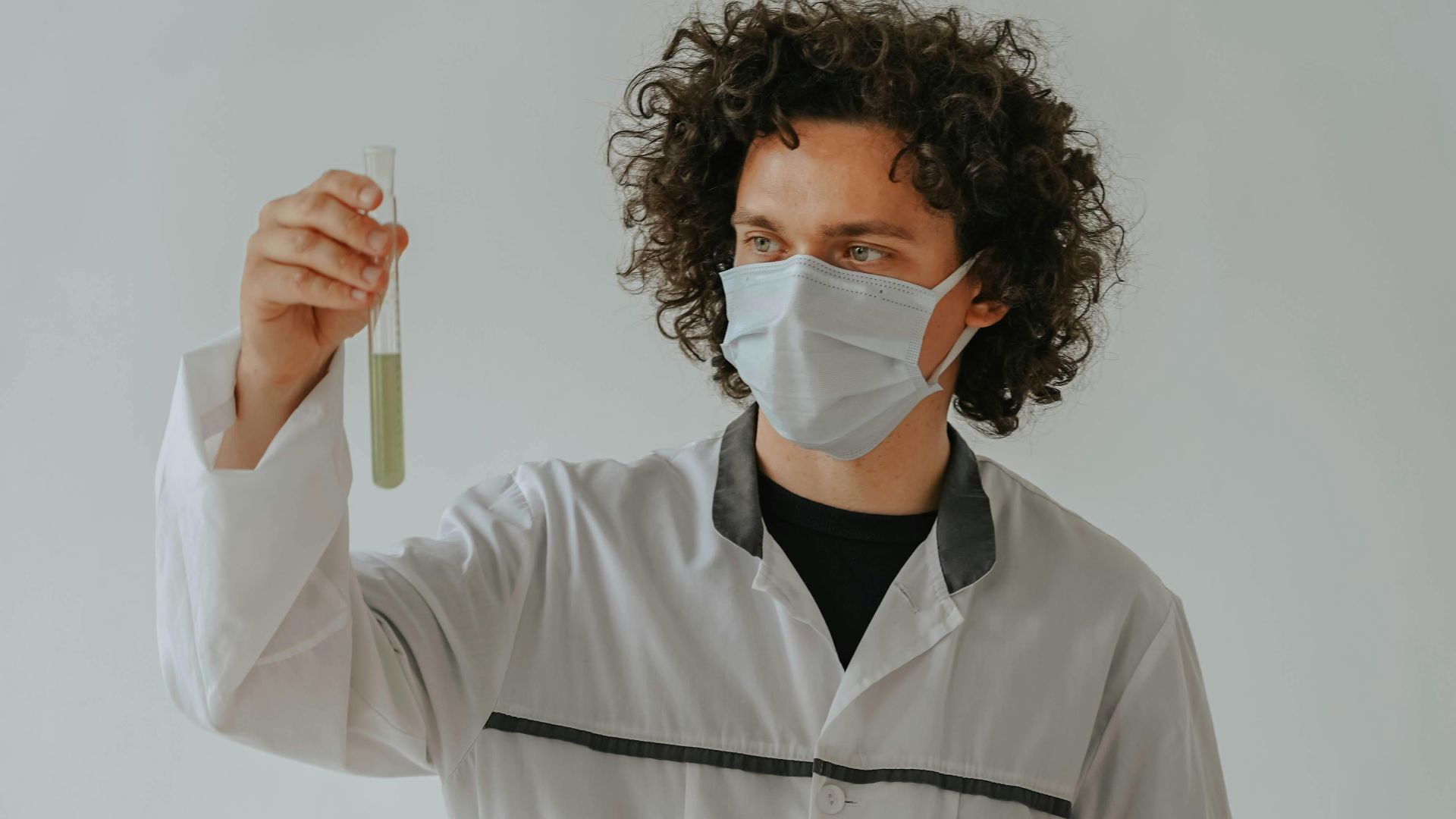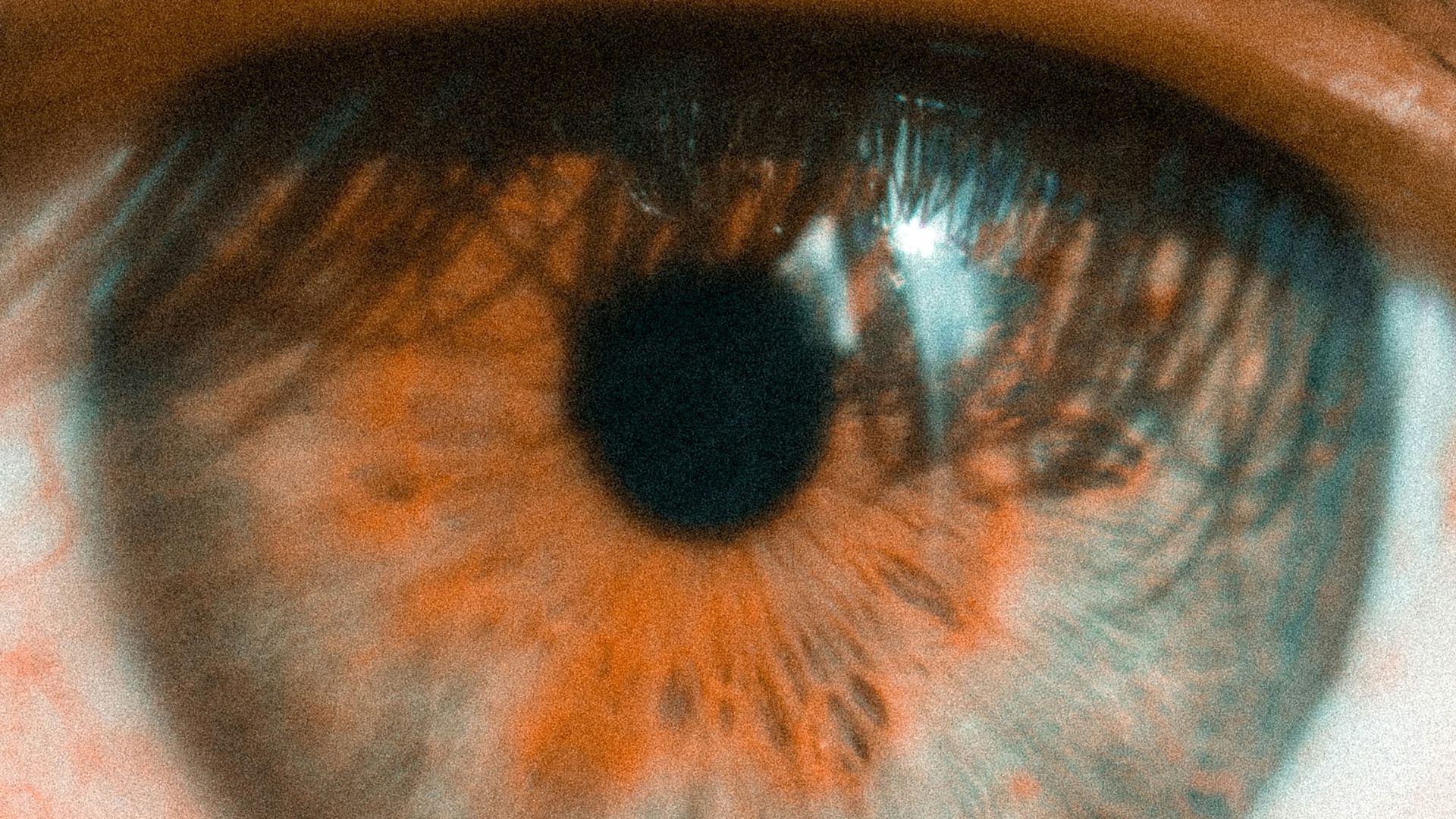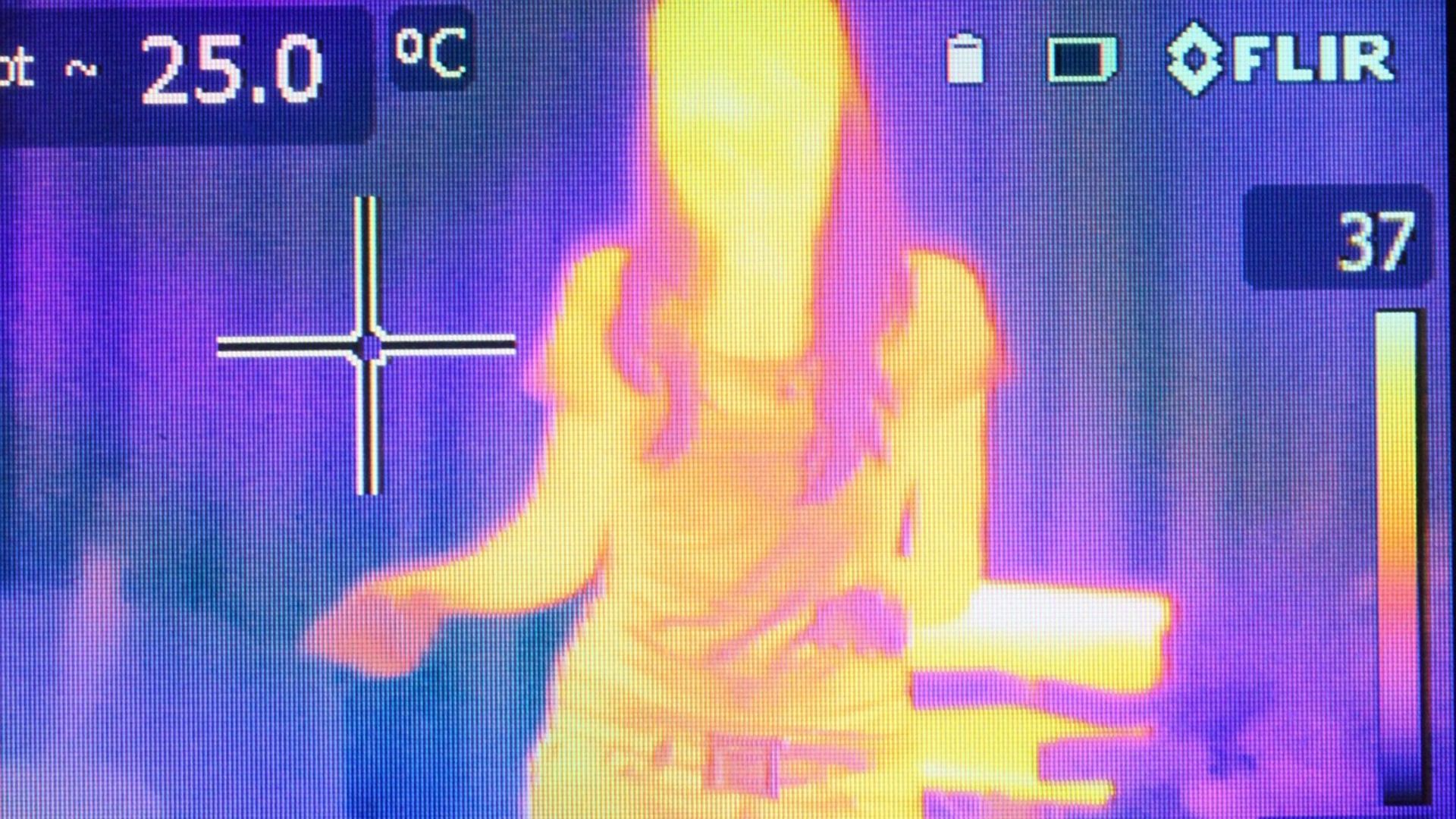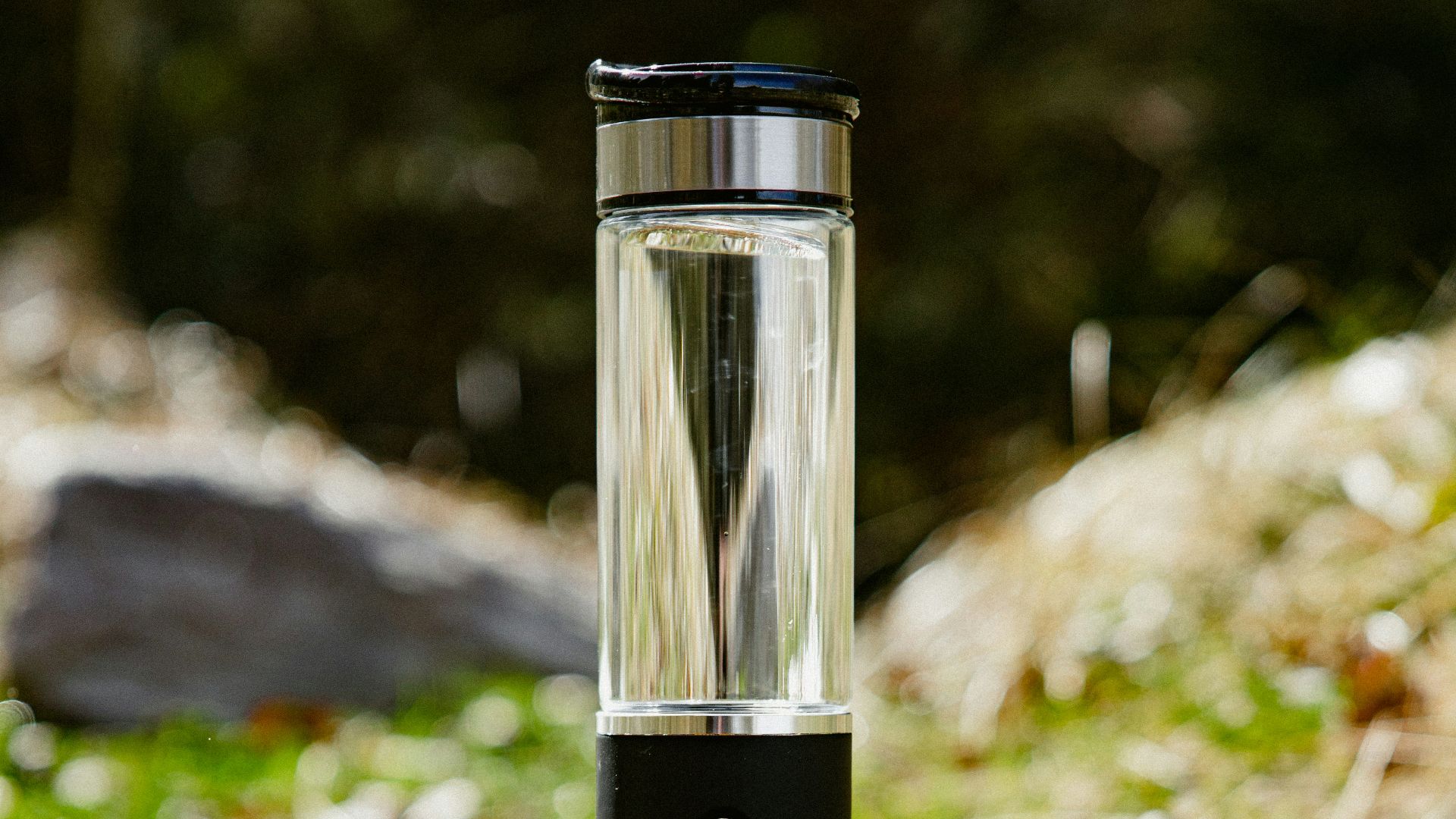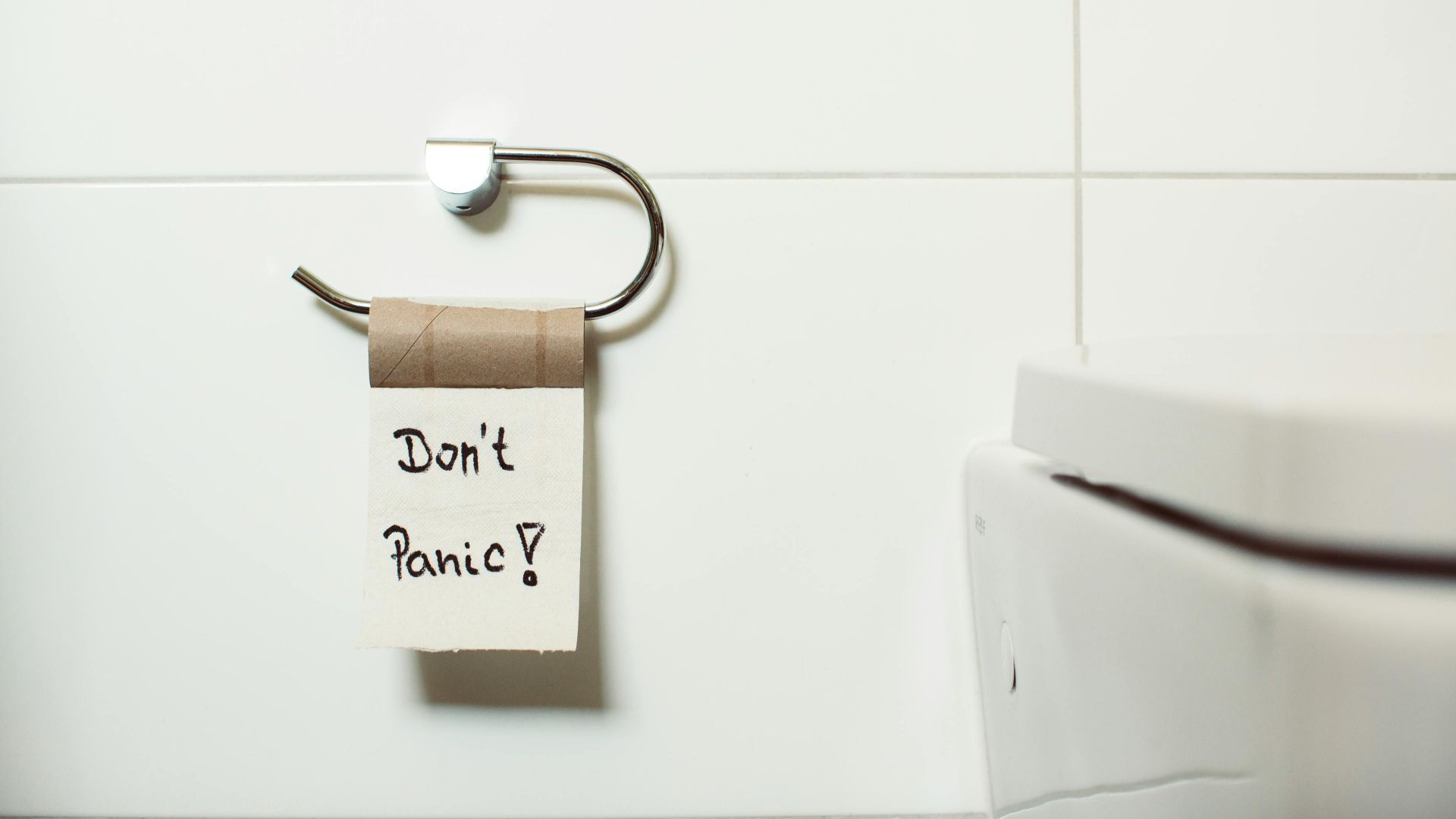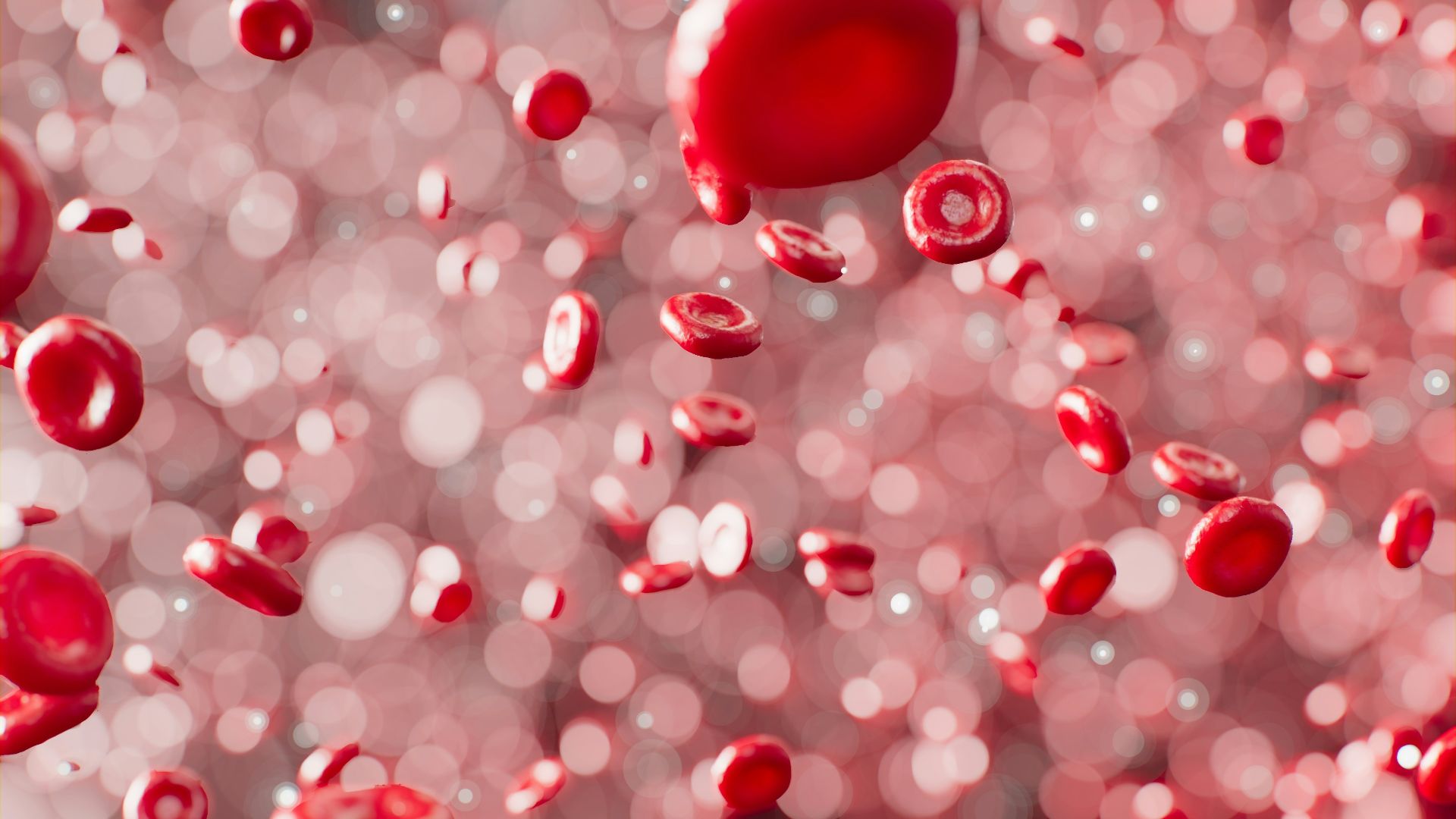Separating Insight from Hype in Modern Wellness
There’s a quiet revolution happening in health testing that doesn’t involve waiting rooms or white coats. Alternative tests promise to dig deeper than standard blood panels, supposedly uncovering hidden imbalances, early signs of chronic disease, or even the roots of mood swings and fatigue. Some of these tests genuinely deliver actionable insight, while others can feel like little more than expensive curiosity. Sorting the useful from the hype is tricky but crucial. Let’s take a look at ten tests that are truly worth the expense, and ten better left on the shelf.
1. 16S rRNA Sequencing
These types of tests analyze bacterial DNA in stool by targeting the 16S ribosomal RNA gene, providing a detailed overview of your gut microbiome composition. It can identify bacterial imbalances, inflammation, and metabolic disturbances. It offers one of the more comprehensive overviews of gut health currently available.
2. DUTCH Complete Hormone Test
Dried urine strips collected throughout the day map estrogens, progesterone, testosterone, and cortisol, including their metabolites. For those struggling with fatigue, PMS, or sleep disruption, this test can clarify whether symptoms are tied to adrenal dysfunction or hormone imbalance.
3. Organic Acids Test (OAT)
This urine test analyzes 74–76 organic acids and can reveal nutrient deficiencies, neurotransmitter imbalances, and mitochondrial stress. Some microbial markers are less reliable than advertised, but D-Arabinitol (for Candida) or p-Cresol (possible C. difficile) can provide actionable insights.
4. SIBO/IMO Breath Test
Hydrogen and methane readings from breath samples can pinpoint small intestinal bacterial overgrowth or intestinal methanogen overgrowth. It’s non-invasive and fairly quick, though timing and diet can skew results. For those with bloating, abdominal pain, or IBS-like symptoms, it can prevent months of dietary guessing.
5. Comprehensive Thyroid Panel
Moving beyond the usual TSH test, this full panel measures free T3, free T4, reverse T3, and thyroid antibodies. It can help make fatigue, weight changes, or mood swings make sense. It’s particularly useful for spotting Hashimoto’s or Graves’ disease early.
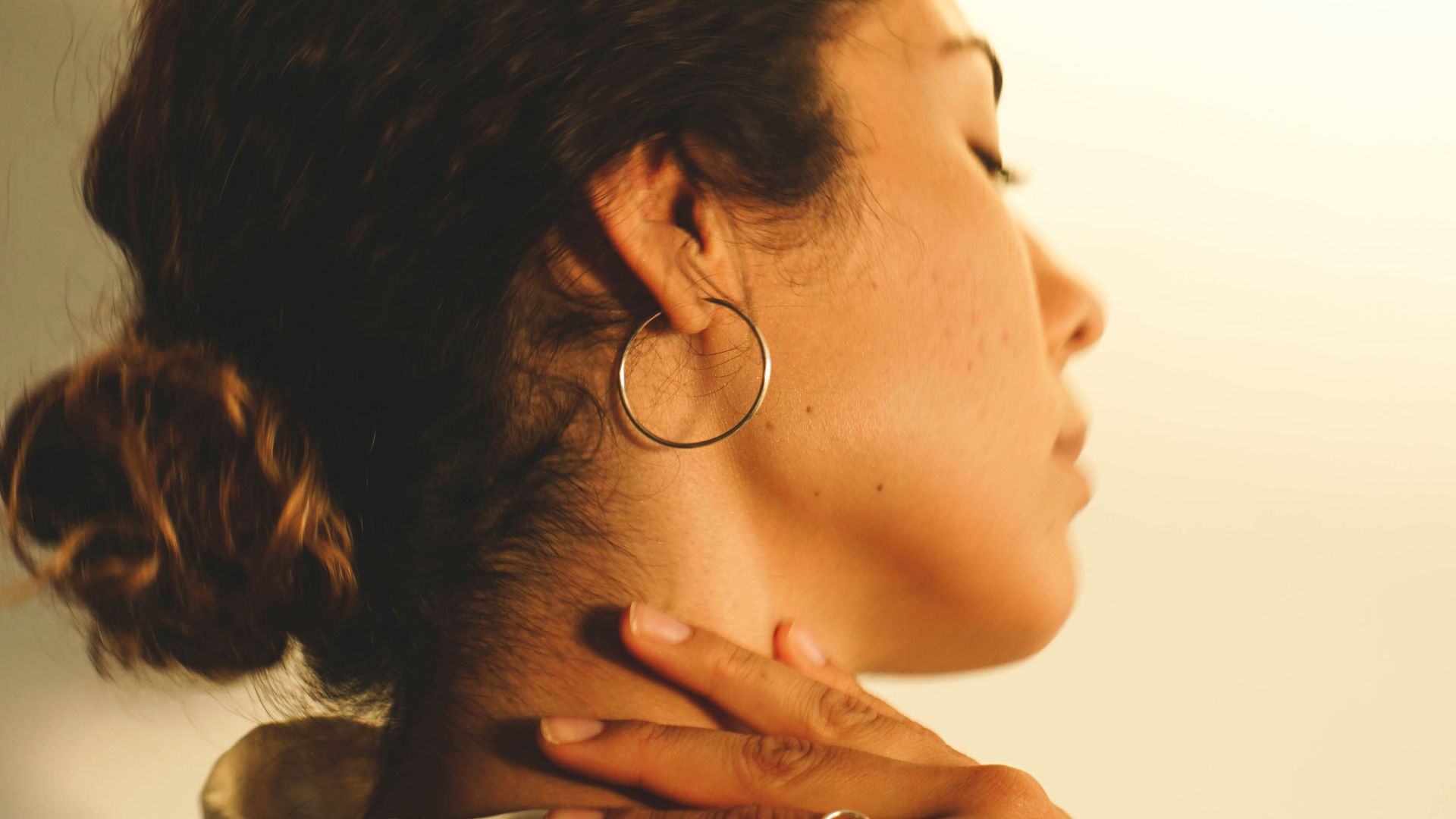 Camila Seves Espasandin on Unsplash
Camila Seves Espasandin on Unsplash
6. Micronutrient Testing (SpectraCell, Metabolomix+)
This test checks for deficiencies in vitamins, minerals, and sometimes organic acids. While some markers like vitamin D or iron are reliable, others (magnesium in serum, for example) may underrepresent true status. For those at risk or with unexplained symptoms, these tests can guide supplementation more effectively than guesswork.
7. Mycotoxin Urine Test
This test detects exposure to mold toxins like aflatoxins or ochratoxin A. The test doesn’t necessarily indicate ongoing harm, but if combined with environmental assessment, it can provide insights to those affected by mold exposure.
8. Zonulin Testing for Leaky Gut
This test measures intestinal permeability, though single readings fluctuate and are less reliable than the lactulose-mannitol absorption test. Still, when gut dysfunction is suspected, it can be one piece of the puzzle.
9. Hair Tissue Mineral Analysis (HTMA)
This is a non-invasive screen for heavy metal exposure and mineral imbalances. Hair samples reflect long-term accumulation, making them sometimes more informative than blood or urine.
10. Advanced Genetic Panels for Specific Conditions
These tests target BRCA mutations, familial hypercholesterolemia, or other high-risk conditions. They’re not able to predict every trait, but they can inform preventive measures and inspire early interventions.
And now, here are ten alternative health tests that don’t live up to the hype.
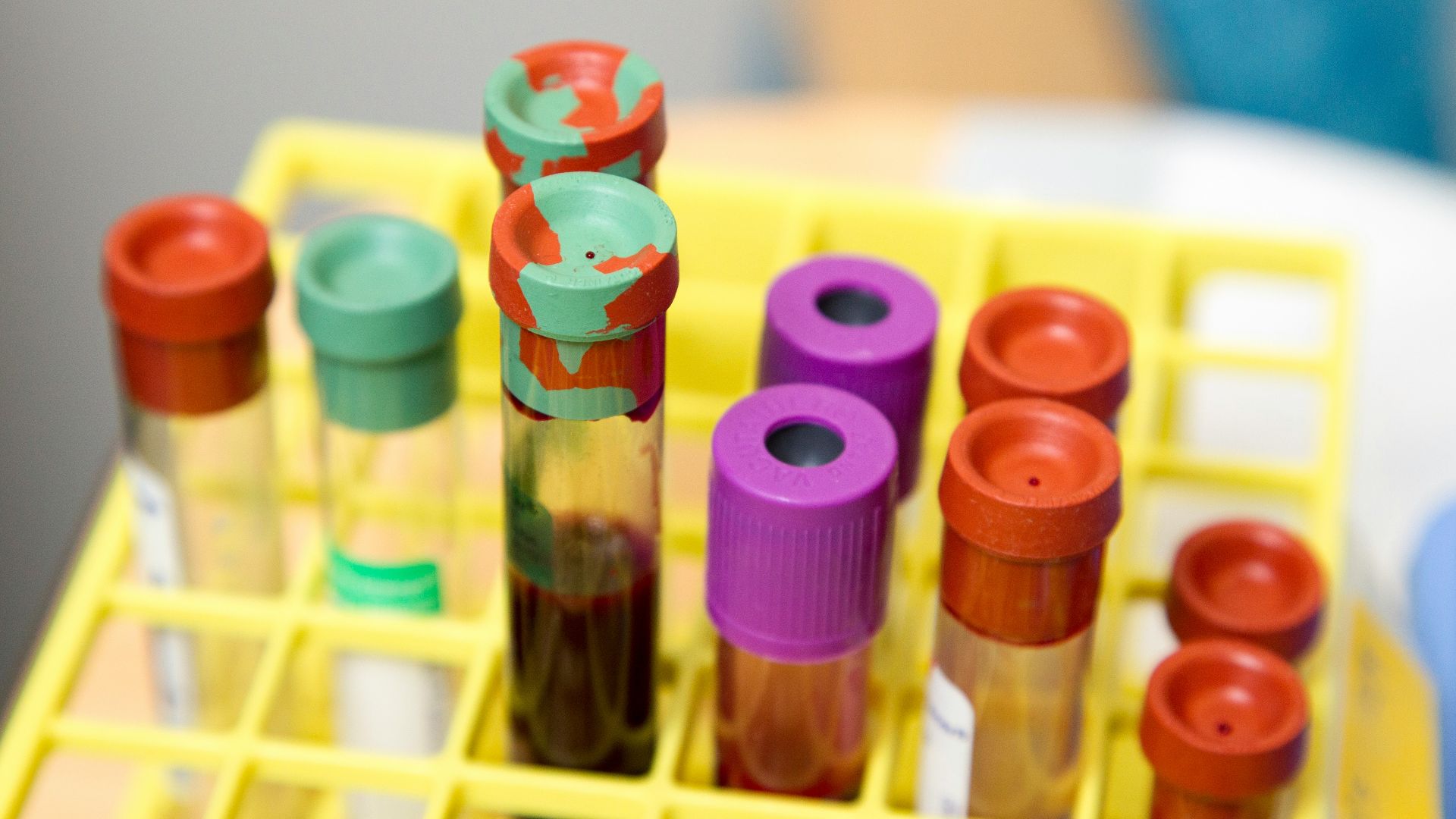 National Cancer Institute on Unsplash
National Cancer Institute on Unsplash
1. Hair Mineral Analysis for Nutrient Levels
Using hair to track vitamins or minerals can be misleading. Ratios like sodium to potassium or calcium to magnesium are sensitive to hair treatments, shampoos, and even swimming in a chlorinated pool. People spend hundreds on supplements based on these readings, often for no reason.
2. Iridology
Looking into someone’s iris and claiming it reveals organ health can be a fun party trick, but there’s no credible evidence to support it. A spot on the iris does not diagnose liver disease, no matter how colorful the chart looks.
3. Thermography for Cancer Detection
Heat mapping the skin might sound futuristic, but it’s not a replacement for mammograms or colonoscopies. False positives are common, and some tumors go entirely unnoticed.
4. Alkaline Water or Body pH Testing
The idea that drinking alkaline water can neutralize your body is appealing, especially when it’s bottled in fancy glass bottles. The reality is your blood pH stays within a narrow range no matter what your drink of choice is.
5. Detox Foot Pads
These gizmos promise to pull toxins through your feet overnight. The reality is that those little pads turn dark from oxidation rather than toxins. A hot bath and hydration actually help your liver and kidneys detox naturally.
6. GI Map Test
The GI-MAP stool test says it can show your gut health, including good and bad bacteria, fungi, and viruses, but it isn’t very reliable. It often gives false alarms, sometimes reporting problems that aren’t really there, and results can change depending on diet, hydration, or stool consistency.
7. Zyto Scans / Energy Field Testing
Practitioners place electrodes on your hands, promising to read energy fields and detect imbalances. It sounds very futuristic, like sci-fi medicine, but there’s actually zero evidence it reflects organ function.
8. Live Blood Analysis Under Microscopes
Watching live blood under a microscope is mesmerizing. However, tying it to supplement or lifestyle programs can be misleading. Blood cells move, change, and react, and it’s difficult to draw precise medical diagnoses from the red blood cells alone.
9. IgG Food Sensitivity Panels
When we eat, our bodies have a natural immune response to food to determine if it’s friend or foe. These tests often demonstrate this response rather than provide evidence of a genuine allergic reaction. People cut out entire food groups over results that may not matter.
10. Genetic Panels for Diet or Fitness “Blueprints”
Cheek swab tests claim to tell you exactly how to eat, work out, or prevent disease. Here’s the thing: lifestyle choices dominate genetics more than these tests suggest. You can’t shortcut healthy living by reading your DNA.
KEEP ON READING



